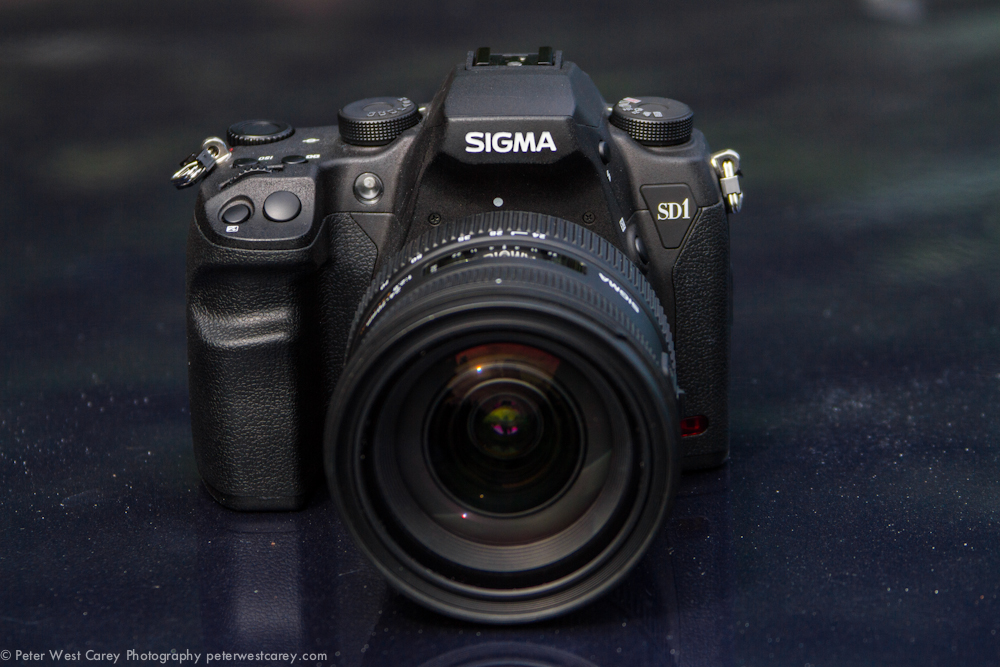
The Sigma SD-1 Merrill is an APS-C DSLR camera that sports a different type of sensor. Sigma, in an attempt to set themselves apart from the pack, chose the Foveon X3 sensor which captures light in a different way than a standard Bayer pattern sensor. What happens when this newer technology meets a company that traditionally has produced lenses for various camera manufacturers? Keep reading for a full review.
Tech Specs
From Sigma’s website
| SPECIFICATIONS | ||||||||||||||||||||||
| Format | Interchangeable lens SLR Camera | |||||||||||||||||||||
| Storage Media | Compact Flash (Type I, UDMA compatible) | |||||||||||||||||||||
| Image Sensor Size | 23.5mm x 15.7mm | |||||||||||||||||||||
| Lens Mount | SIGMA SA bayonet mount | |||||||||||||||||||||
| Compatible Lenses | SIGMA SA mount interchangeable lenses | |||||||||||||||||||||
| Angle of View | Equivalent to approx 1.5x the focal length of the lens (for 35mm cameras) | |||||||||||||||||||||
| Image Sensor | Foveon X3® direct image sensor (CMOS) | |||||||||||||||||||||
| Number of Pixels | Total Pixels 48 MP (4,800×3,200×3 layers) | |||||||||||||||||||||
| Aspect Ratio | 3 : 2 | |||||||||||||||||||||
| Still Image Format | Exif 2.3, DCF2.0 | |||||||||||||||||||||
| Image Recording Format | Lossless compression RAW data (12-bit, High, Medium, Low), JPEG (High, Medium, Low) | |||||||||||||||||||||
| Capture File Size |
| |||||||||||||||||||||
| Continuous shooting speed | High: 5 frames/sec, Medium: 6 frames/sec, Low: 6 frames/sec | |||||||||||||||||||||
| Continuous Buffer | High: Max 7 frames, Medium: Max 14 frames, Low: Max 14 frames | |||||||||||||||||||||
| Interface | USB (USB2.0), Video Out (NTSC/PAL) | |||||||||||||||||||||
| White Balance | 8 types (Auto, Sunlight, Shade, Overcast, Incandescent, Fluorescent, Flash and Custom) | |||||||||||||||||||||
| Color Mode | 7 types (Standard, Vivid, Neutral, Portrait, Landscape, B&W, Sepia) | |||||||||||||||||||||
| Viewfinder | Pentaprism SLR viewfinder | |||||||||||||||||||||
| Viewfinder Frame Coverage | 98% vertical, 98% horizontal | |||||||||||||||||||||
| Viewfinder Magnification | 0.95 x (50mm F1.4-infinity) | |||||||||||||||||||||
| Eye point | 18mm | |||||||||||||||||||||
| Diopter Adjustment Range | -3dpt to + 1.5dpt | |||||||||||||||||||||
| Auto Focus Type | TTL phase difference detection system | |||||||||||||||||||||
| AF Operating Range | EV 0 to +18 (ISO100) | |||||||||||||||||||||
| Focus Mode | Single AF, Continuous AF (with AF motion prediction function), Manual | |||||||||||||||||||||
| AF Point Selection | Automatic Selection, Manual Selection | |||||||||||||||||||||
| Metering Systems | 77 segment Evaluative Metering, Spot Metering, Center Metering, Center-Weighted Average Metering | |||||||||||||||||||||
| Metering Range | EV 1 to 20 (50mm F1.4 ISO100) | |||||||||||||||||||||
| Exposure Control System | (P) Program AE (Program Shift is possible), (S) Shutter Speed Priority AE, (A) Aperture Priority AE, (M) Manual | |||||||||||||||||||||
| ISO Sensitivity | ISO 100, 200, 400, 800, 1600, 3200, 6400 | |||||||||||||||||||||
| Exposure Compensation | ±3EV (in 1/3 steps) | |||||||||||||||||||||
| Auto Bracketing | Three or Five frames (in 1/3 steps, Appropriate Exposure- Under Exposure- Over Exposure) | |||||||||||||||||||||
| Shutter Type | Electronically controlled focal plane shutter | |||||||||||||||||||||
| Shutter Speed | 1/8000 – 30 sec. + bulb (up to 30 sec., with Extended Mode: 2min.) | |||||||||||||||||||||
| External Flash Synchronization | Hot shoe (contact X synchronization at 1/180 sec. or less, with dedicated flash linking contact) | |||||||||||||||||||||
| Built-in flash | Manual Pop up Built-in Flash, GN11 (17mm lens angle covered) | |||||||||||||||||||||
| LCD Monitor | Type: TFT color 3.0” LCD monitor, LCD pixels approx.: 460,000 | |||||||||||||||||||||
| Reviewing Images | Single frame display, Multi display [9 frames], Zoom, Slide Show | |||||||||||||||||||||
| LCD Monitor Language | Japanese, English, German, French, Spanish, Italian, Chinese (Simplified), Korean, Russian | |||||||||||||||||||||
| Power Source | Li-ion Battery Pack BP-21, Battery Charger BC-21, AC adapter SAC-4(optional) | |||||||||||||||||||||
| Dimensions | 145.5mm/5.7″(W) X113.5mm/4.4″(H) X 80.0mm/3.1″(D) | |||||||||||||||||||||
| Weight | 700g/24.7oz (without batteries and card) | |||||||||||||||||||||
Introduction
If you are not familiar with the Foveon X3 sensor, it works differently than the sensor in your current camera. You can click through to this Wikipedia article, which will explain things in more detail, but to give you an overview; Each pixel location on the Foveon X3 is able to capture red, green and blue readings, where as conventional sensors can only capture one color at each pixel location. This leads to Sigma touting the camera is really a 46MP camera (the sensor is 4,800 x 3,200 which equals 15.36MP and each of those pixels records 3 readings, giving 46MP worth of information. This technique for counting pixels has been disputed, but the fact remains that a RAW file out of my Canon 7D (18MP) is about 21MB while the RAW file from the SD-1 Merrill averages 51MB).
The Sigma SD-1 Merrill is the first camera to use this APS-C sized sensor and as such, there are some limits to be aware of. The sensor requires a lot of grunt work to process an image and Sigma has thrown a TRUE (Three-layer Responsive Ultimate Engine) II into the camera. This is a totally different engine than in most cameras and it is fairly new. Processing time is longer than most cameras with smaller amounts of data to handle and that can be annoying at first. But considering the SD-1 is processing about 2.4x the amount of data as comparable cameras, this is understandable. I found the process and write times on par with the Pentax 645D, which sports RAW files a little larger than the SD-1.
As such, instant, back-of-camera review times can be lagging. I found the initial review of the photo, which came up in a few seconds, to be slower than I expected. And when it did come up, the image had a washed out feel that made it appear as if it was from a screen grab of video. I was disillusioned with that first glance, to be honest. On top of that, the processing time was long, which meant a more close review (where I could zoom in and check focus, for instance) had to wait. Frustrating if things are moving fast. As a side note, I have since started testing a Sigma DP2 Merrill and it uses the same sensor, but with faster instant review and truer colors.
This camera is not meant to capture high speed action, even though it does have a seven shot buffer and can shoot at six frames a second. It is meant to give amazing detail for certain types of shots.
Lastly, the camera requires use of Sigma’s Photo Pro(SPP) software to process the X3F files. Support is not currently enabled in Aperture or Lightroom or Picasa because the image files need a completely different way of processing. I will touch on use of the software near the end of this review.
Ergonomics
The ergonomics of this camera had me excited at first. The grip is well suited for my larger hands and has a notch for the middle finger to rest in. This produces a solid feel, more so than any Canon, Sony or Nikon I have tested. I was very pleased with the grip….for a while. I noticed, when using a larger, heavier lens, that my middle finger’s tip started to feel slight pressure. Nothing severe, but after holding the camera for two hours straight, I could notice this difference.
On the back of the camera my thumb rested well in the location suited for it, although I would like to see the Auto Focus (AF) and Auto Exposure Lock (AEL) buttons switched. Still, it was easy to find my way around the back of the camera with my thumb while the camera was up to my eye. I loved the location of the lens release button. At first, trying to release a lens in my accustomed manner (using my thumb to depress the lens release button), I was exasperated why the button was located where it is, below and to the right of the lens (looking from the back of the camera). But then I realized the genius of the setup as I was able to release the lens with my right ring finger, maintaining full grip on the camera, while supporting the lens. I wish more manufacturers would adopt this style.
While this might not be ‘ergonomic’ per se, I also loved the sound of the shutter. It’s one thing I’ve never liked about my Canon equipment but Sigma has even Nikon beat, to my ears. It’s a little thing, but an enjoyable thing.
I appreciated that there are two dials for selecting shutter speed and aperture and, at times, either can be used. Some people like Nikon’s setup (dials always control the same function), some people like Canon’s (‘main’ dial changes based on priority mode), but Sigma combines both by allowing either dial to operate the primary function. It’s a small thing, but something I liked. Also, the main control dial on top is nice and clean, as is the frame rate dial on top. No unneeded functions clutter either dial.
Focusing
Focus was slow. Slower than I am used to and I’ve tested a number of lower end SLR cameras selling for 1/5th the price of the SD-1 Merrill. The focus points are small and there is no way to group them, making selection trying at times. When focus locked, it was solid and the process doesn’t use an undue amount of hunting. This camera is, after all, not intended for the sports photographer, so the speed is understandable. I wasn’t fully aware of this before taking the camera to shoot some action and was frustrated at times. Once I researched a little more (yes, I’m the type of guy who ignores the instruction manual) I was able to take advantage of the sharp focus with landscape shooting.
High ISO Control
I did not often want to take this camera over ISO 400. It can handle it, but the amount of noise present makes high ISO choices less than stellar. Let me give some examples of ISO 800. Sigma’s SPP software allows for noise reduction for both Chroma and Luminance. I will start out with no adjustments so you can get an idea of the “out of camera” experience.
Here is the original image with a 100% crop. Click on the crop for a larger version.
To my eye, in these shots of the Siq and Treasury at Petra, Jordan, there is noticeable noise in the darks and even some in the midtones of the facade.
SPP has five settings to choose from for both Chroma and Luminance. By default these are set to the middle of the road (3) when the program is started. Here is what that type of treatment looks like.
With this ‘middle’ style of noise reduction, the noise is well handled at ISO 800, but we start to lose detail in the dark areas. The rock is becoming featureless. How featureless?
Let’s move things up to “full power!” on the noise reduction scale and see what happens.
The noise is gone, but the details starts to lack. How much? Too much for my liking but this is also a hard situation. Let’s have another look at ISO 800 shots from Alaska. These were shot with the 24-70mm lens at a great distance and are already 100% crops (click for larger versions).
First, no noise reduction added.
When zoomed in, I can see some a purple hue to shadows, especially in the trees. So let’s jack up the Chroma noise reduction to full.
That’s getting better. So, instead of moving up the Luminance noise reduction to full (knowing that it will blur the trees pretty bad), I instead choose the middle setting.
This gives me a result which still allows for the ships name, Safari Endeavour, to come through. I would further apply corrections in Lightroom, but I first want you to see what you can expect out of the camera, more or less.
And for your pixel peeping pleasure, one shot at ISO 1600 in the streets of Amman, Jordan followed by a shot of my daughter in Wadi Rum, Jordan, shot at ISO 6400 as the sun had set. Both have middle settings for both Chroma and Luminance.
What about lower ISO. From 400 on down, everything is better. Some examples from Jordan, all with medium noise reduction applied in SPP. (Some images are already cropped, but click for a full sized view.)
ISO 200
Ease of Use in Real Life
In real life, the SD-1 is a mixed bag to use. On one side, the sharpness is wonderful. On the other, I noticed a small problem with white balance shifts in pictures taken at the same second (high frames per second burst). I have since sent these images to Sigma for evaluation. That being said, SPP makes it easy to adjust the white balance for one or multiple images at a time.
The camera is slow to wake up. If the camera has auto-power-offed and I hit the shutter release to wake it up because a pod of whales is bubblenet feeding, it takes the camera 3-4 seconds and I miss the shot. Again, this is not a sports photographer’s best camera. Or wildlife, to be honest.
I found the Quick Select (QS) menus to be confusing at first but then very helpful. Rather than crowding the body of the camera with a ton of buttons for various settings, they incorporate those settings into two screens accessed with a QS button. From there, it is a simple presses of the back paddle controllers to change things like ISO, focus type, metering, white balance, compression, etc…
When I was home and had more time to compose my images, the SD-1 Merrill was very enjoyable to use. And that, I feel, is really what it is built for; someone who wants to take the time to compose their images and wants high quality images. Landscape, portrait, nature. Those types of photographers.
One thing that did annoy me was the proprietary lens mount. It’s ironic that Sigma, a company that manufactures lenses for various other camera companies, chose its own mount for this camera. I had to lug along extra gear because the camera would not work with my Canon lenses. I understand there are patent and licensing issues at play here, but if Sigma can make a camera with mounts for Canon, Nikon, etc… lenses, I would be seriously interested in adding this camera to my lineup for nature and landscape work.
Image Quality
How sharp are those images? Take a look. (click 100% crops of each image for larger version) All images are produces with “out of the box” SPP settings.
Metering
I found the metering on the SD-1 Merrill to be adequate, but nothing to write home about. It does the job and mostly grabs proper settings for ISO, Shutter Speed and Aperture. There isn’t a lot of variation from shot to shot and I like that. It’s consistent and practical.
Software
No post about the SD-1 Merrill would be complete without touching base on the software, Sigma Photo Pro. I am not going to write a full How-To about using the software, just my impressions.
First, it takes a while to get used to. I come from the land of Adobe (and some Picasa and iPhoto) and found myself wishing the interface were more intuitive. Maybe that’s because I’m an old curmudgeon nearly stuck in my ways.
The software is intended to handle the basics as you can see in the “Review” panel above. Exposure, highlights, noise control, etc… I like that I can save settings and batch them in the future and this is useful because most editing, for me, will be handled in Lightroom. The histogram display is a little amateurish and, unlike Lightroom, a separate click on “Full res” is needed to view full sized image, as compared to simply clicking on the image. It’s also missing a means to crop images.
What works for me is the ability to choose white balance from a spot on the image as well as different export options (JPG, TIFF and a variety of color spaces). As well as the ability to apply settings to multiple images. The software is a little clunky, but it does get the job done and the more I use it (while testing the SD-1 and DP2) the more I’m okay with it. Just okay, not blown away because, honestly, I don’t want Sigma spending their time recreating Lightroom. I want Adobe and Sigma to work together to make support for the Foveon sensor native in Lightroom as that would be a huge benefit to most peoples’ workflow when using this camera.
Conclusions
Down to the bottom line: Would I buy this camera? Currently, I’m not likely to purchase the camera even with its phenomenal detail. Why? Because it means laying out $4500 for a decent setup with one lens. And it means I have to double up on lenses.
What would get me to switch to the SD-1 Merrill? Making the camera compatible with Canon lenses (and Nikon, Pentax and Sony for my friends who shoot with that gear). That would be huge, honestly. It would bring down my ‘get started’ cost to the cost of the camera alone (currently $1999 at B&H Photo with an instant $300 savings). I would still have to deal with the extra software but I am finding that is a minor issue for the quality this camera provides.
It delivers to the market for which is it designed; landscape, portrait, nature. If the speed can be upped, especially the review speed, I would seriously consider it for travel work (it was not my first camera of choice in Jordan because of the review time, especially when showing others photos I shot of them). I am hopeful this issue will be fixed in future versions or possibly in a firmware upgrade (which Sigma has been producing regularly) as the DP2 already has these problems fixed.
The current $2000 price tag makes this camera competitive with the likes of Canon and Nikon. Sigma needs to make a few tweaks to really make the quality this camera can produce shine as it should.
Please Support The Phoblographer
We love to bring you guys the latest and greatest news and gear related stuff. However, we can’t keep doing that unless we have your continued support. If you would like to purchase any of the items mentioned, please do so by clicking our links first and then purchasing the items as we then get a small portion of the sale to help run the website.

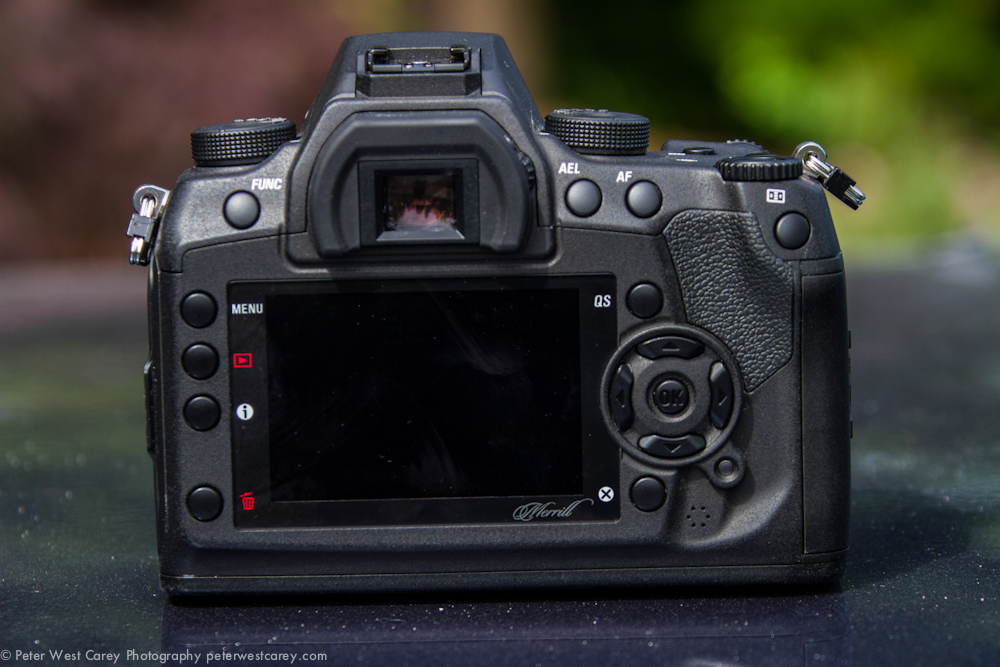
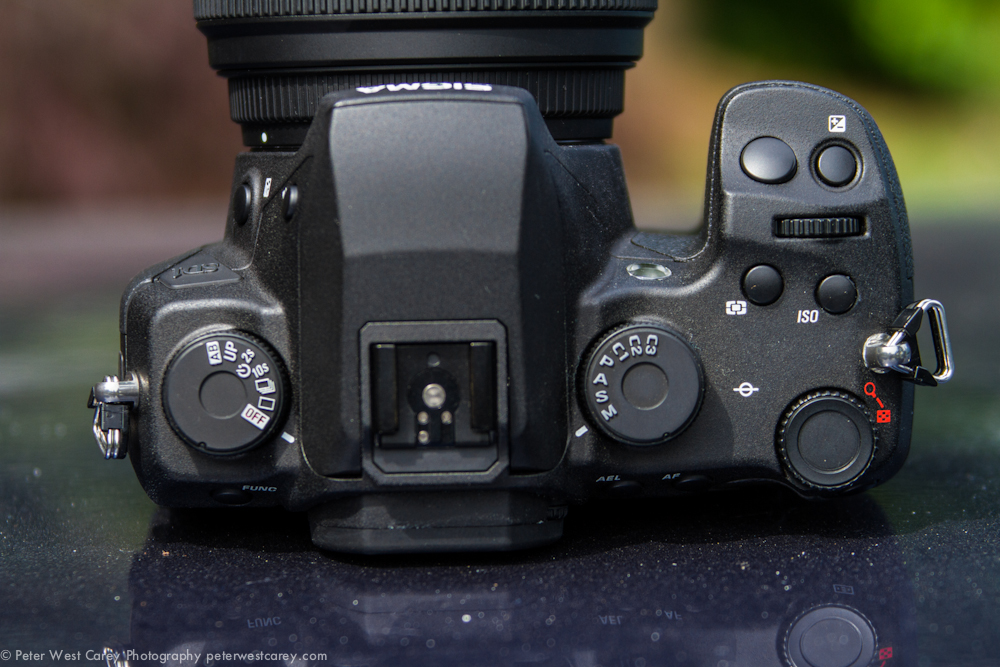
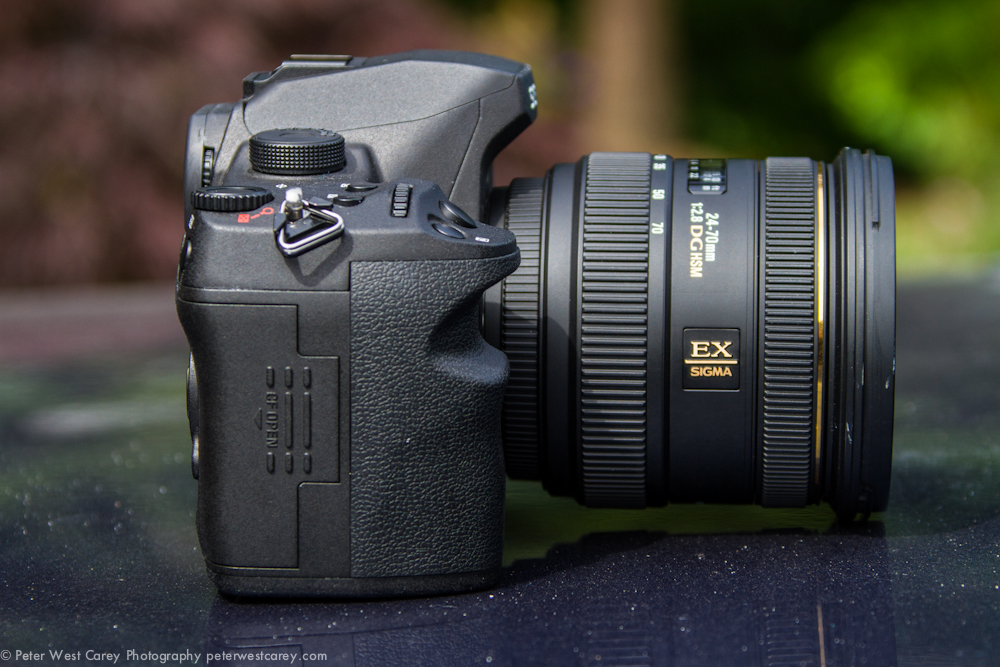
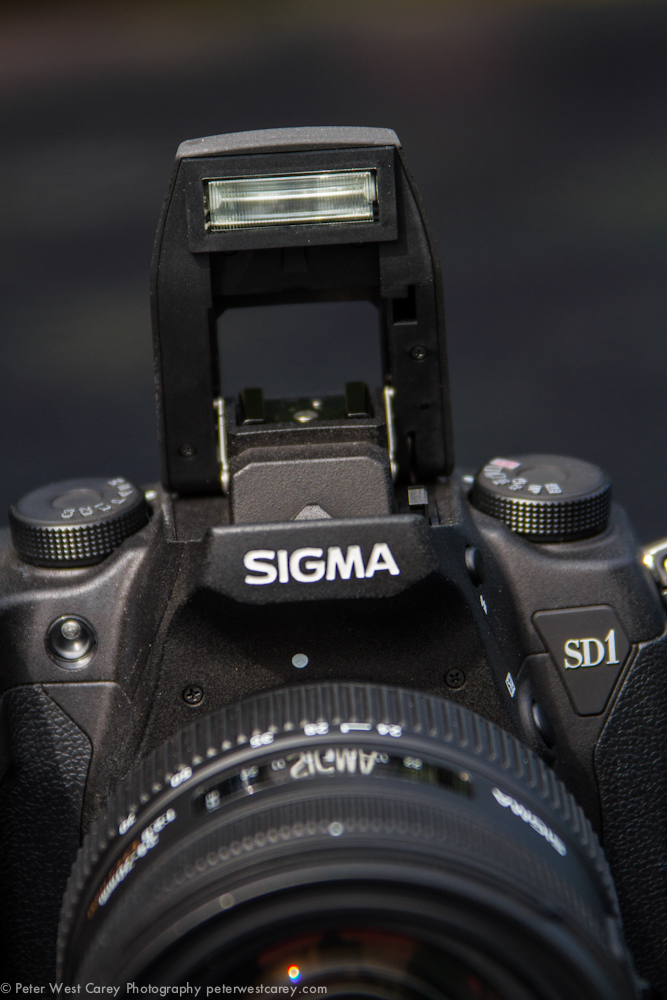
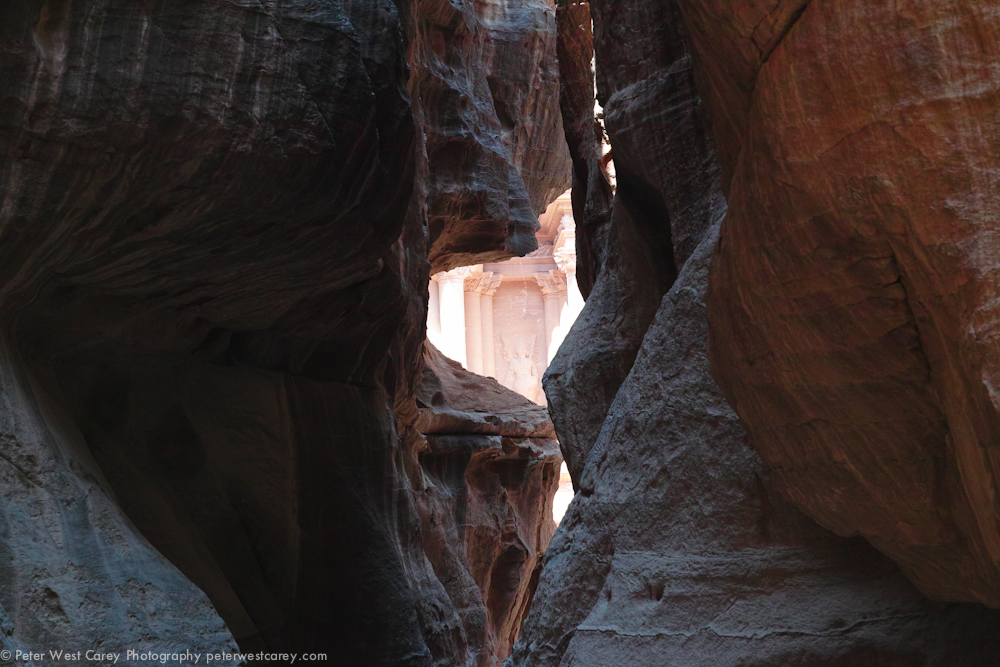
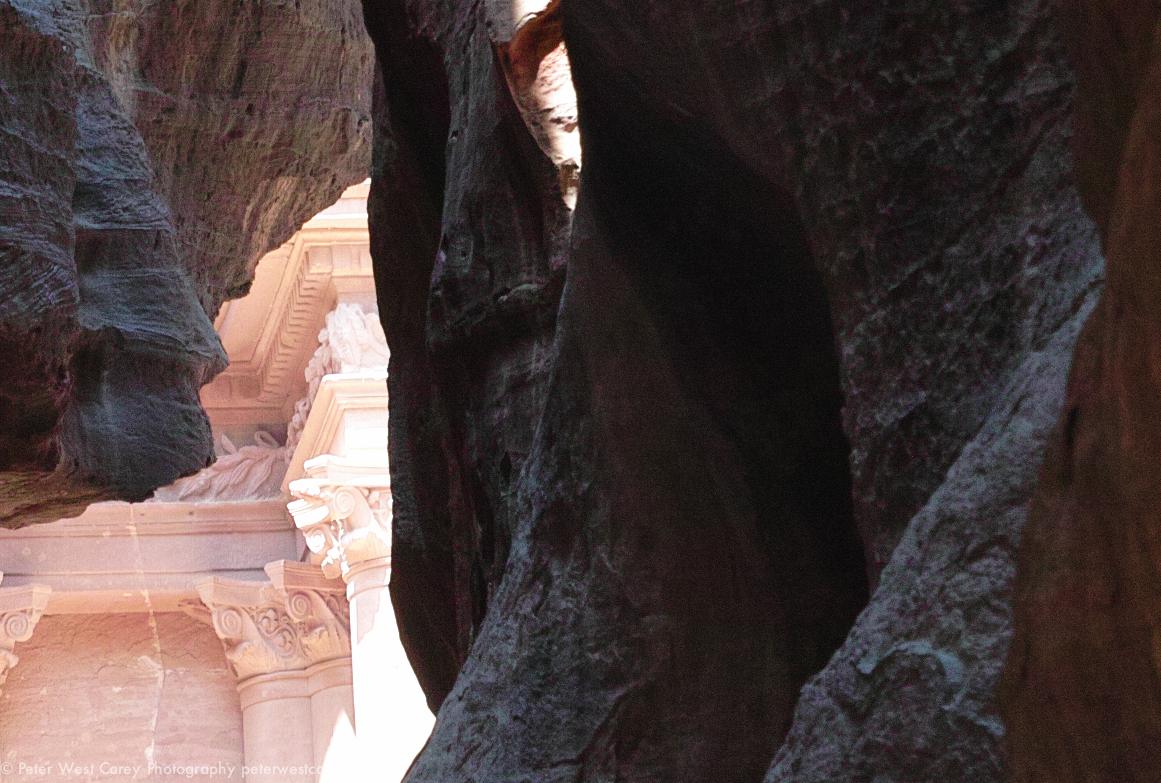
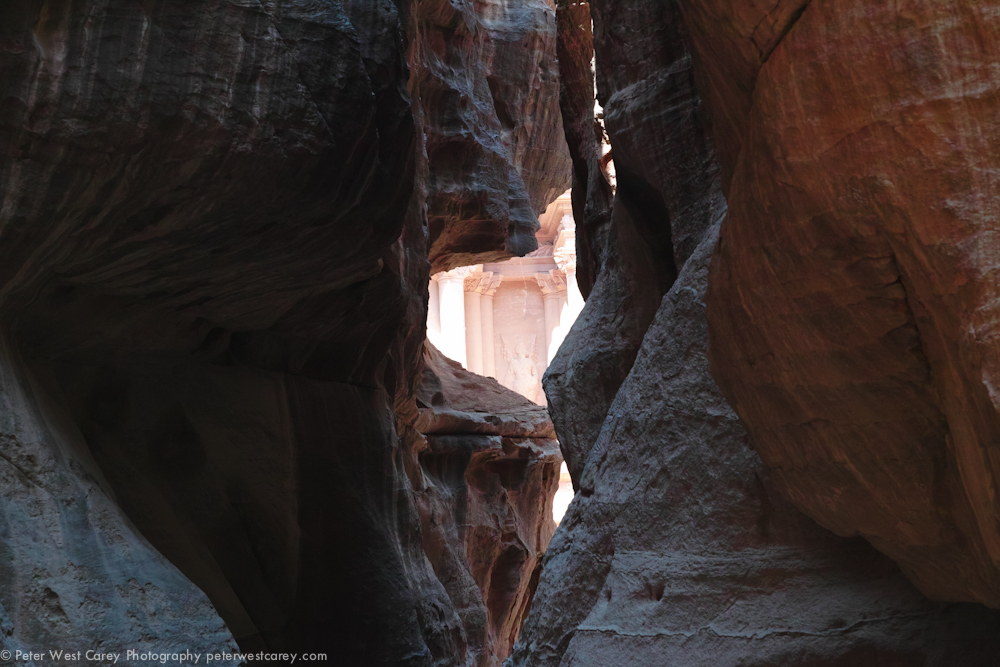
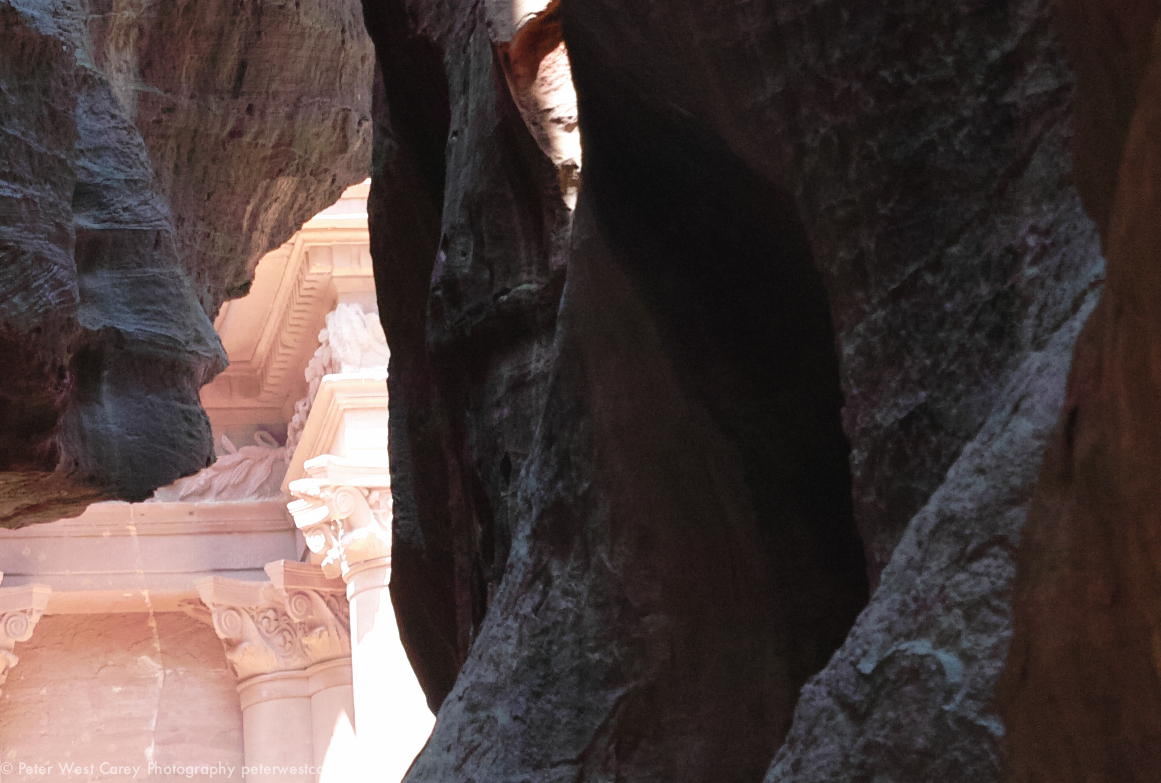
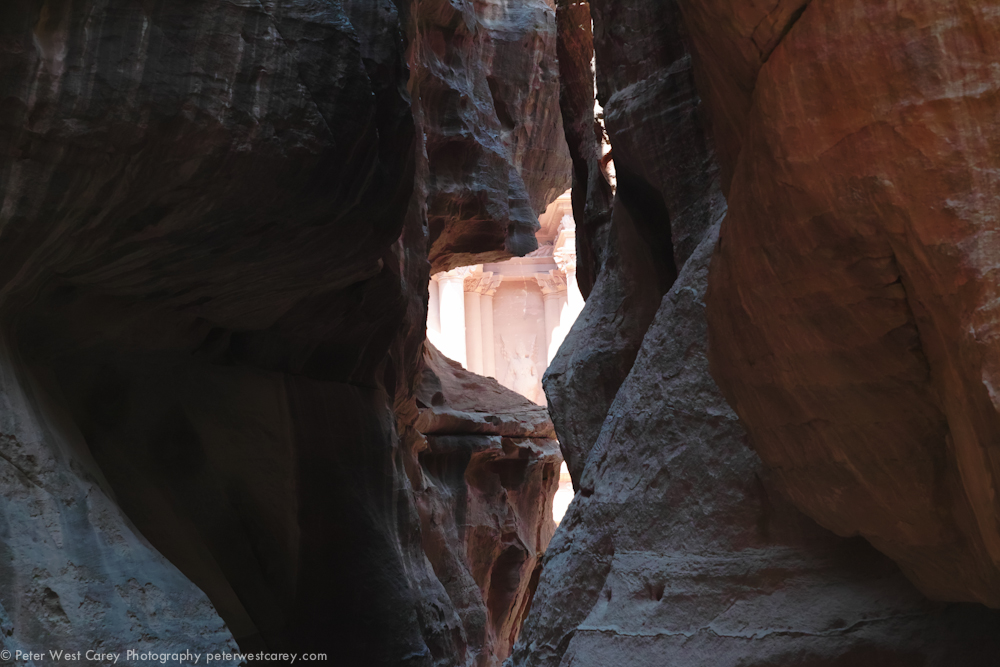


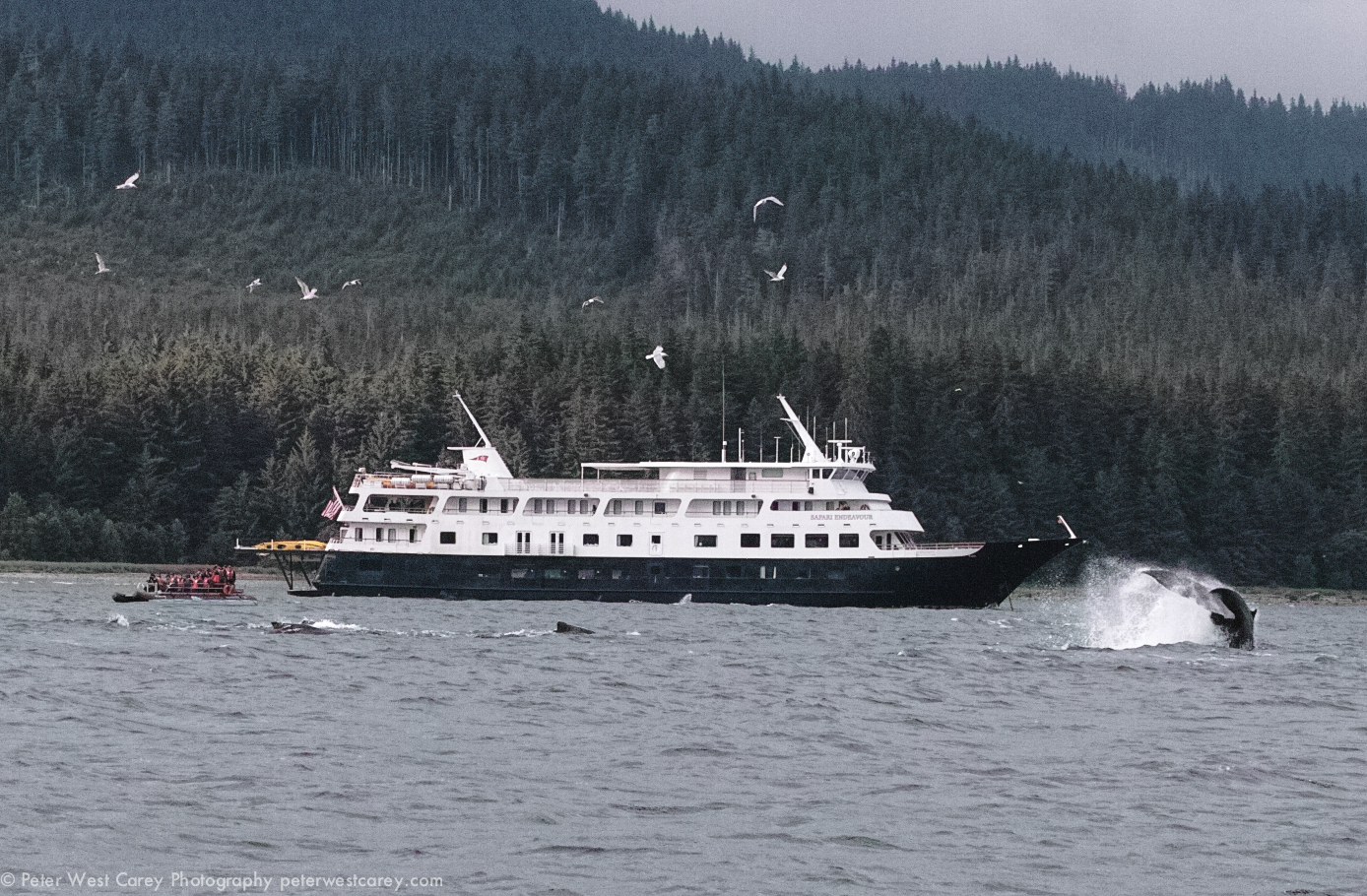
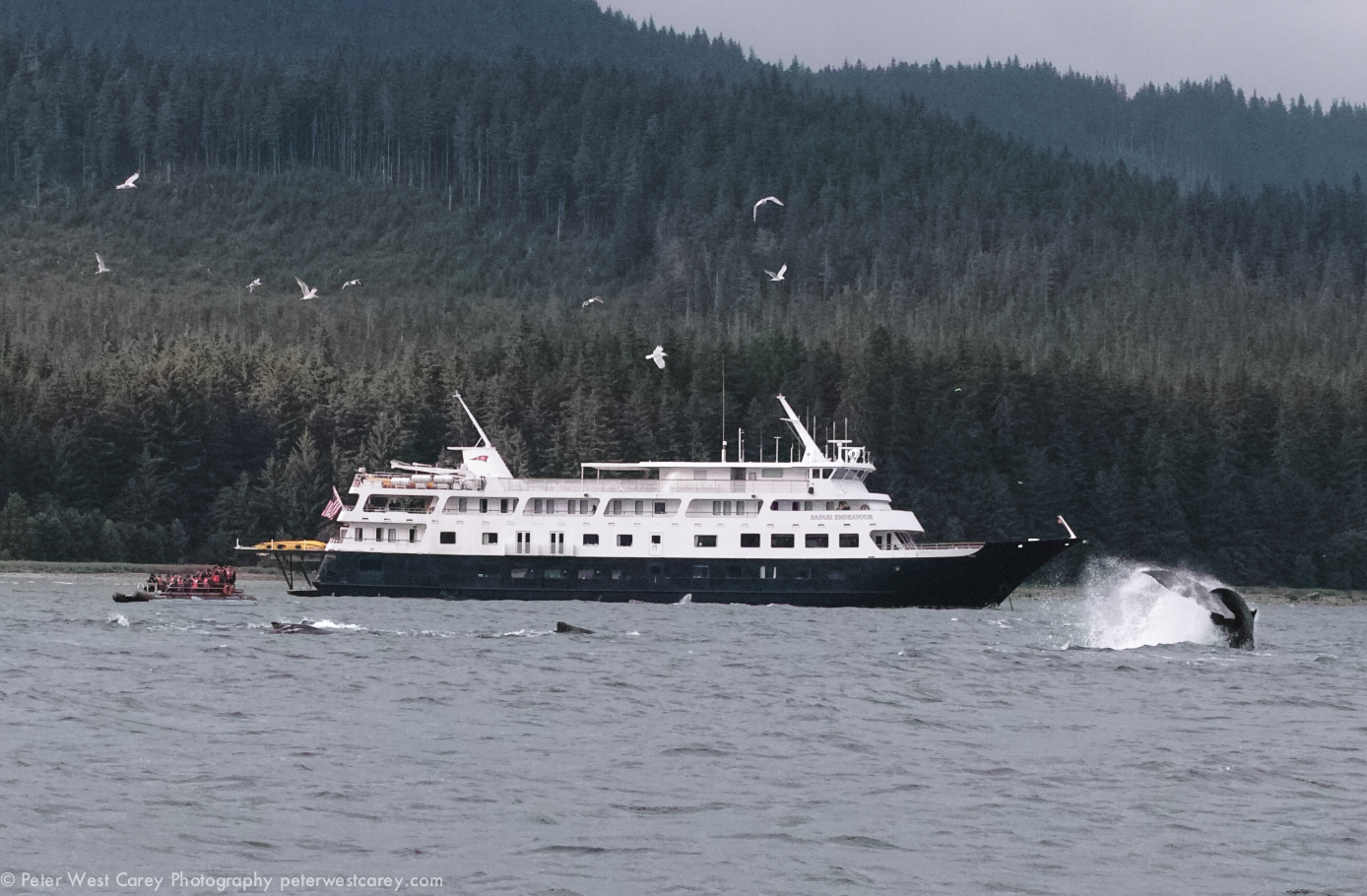
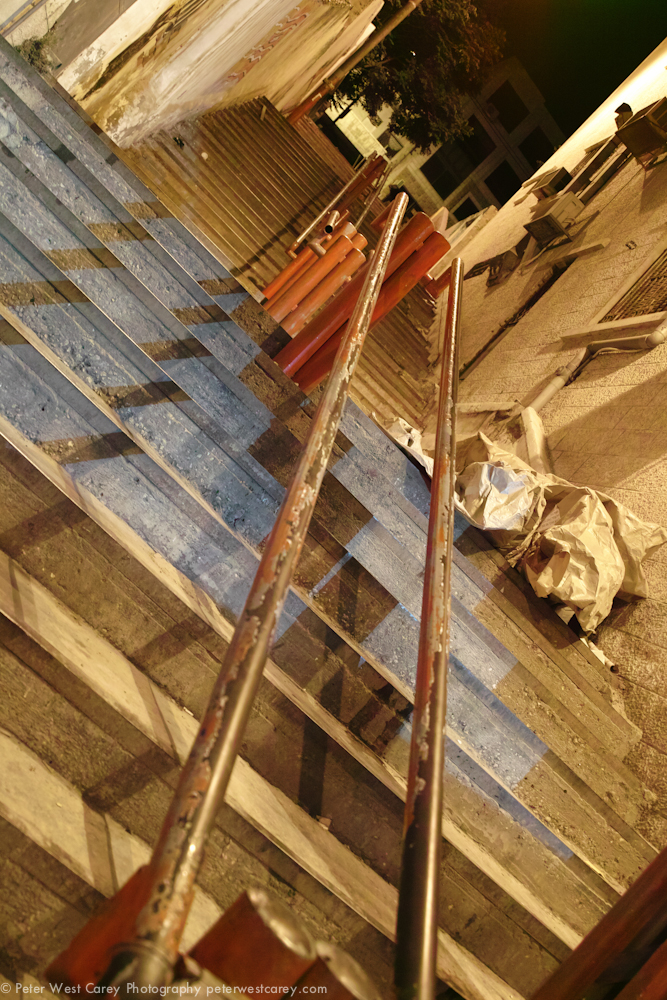
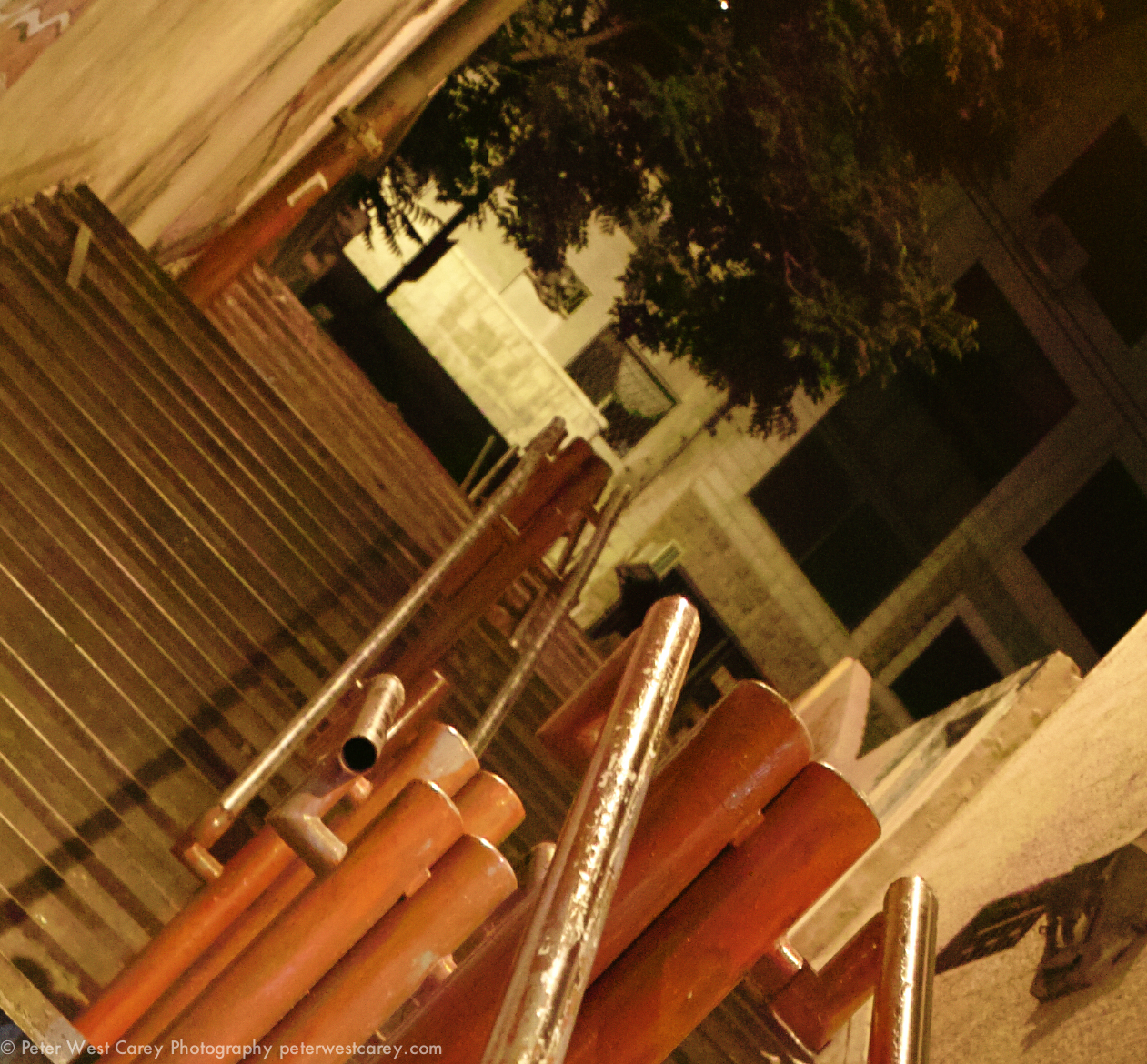
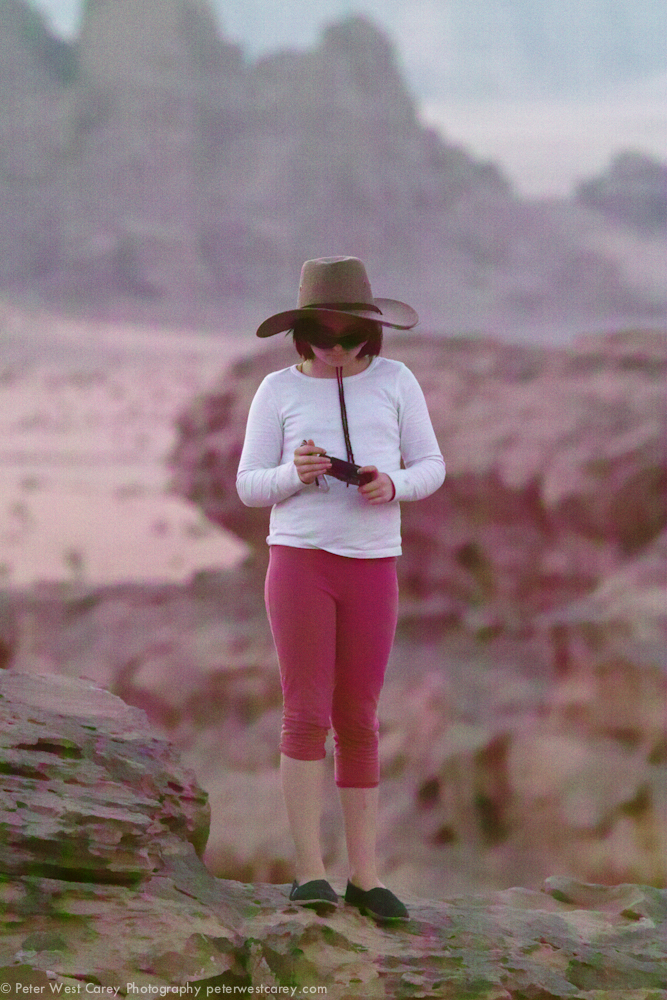

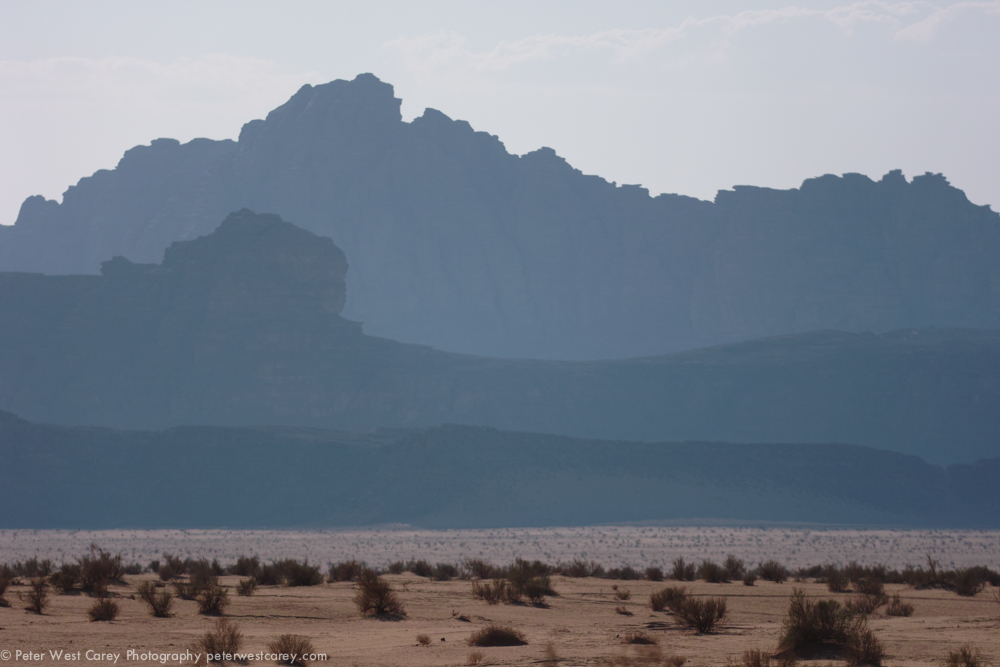
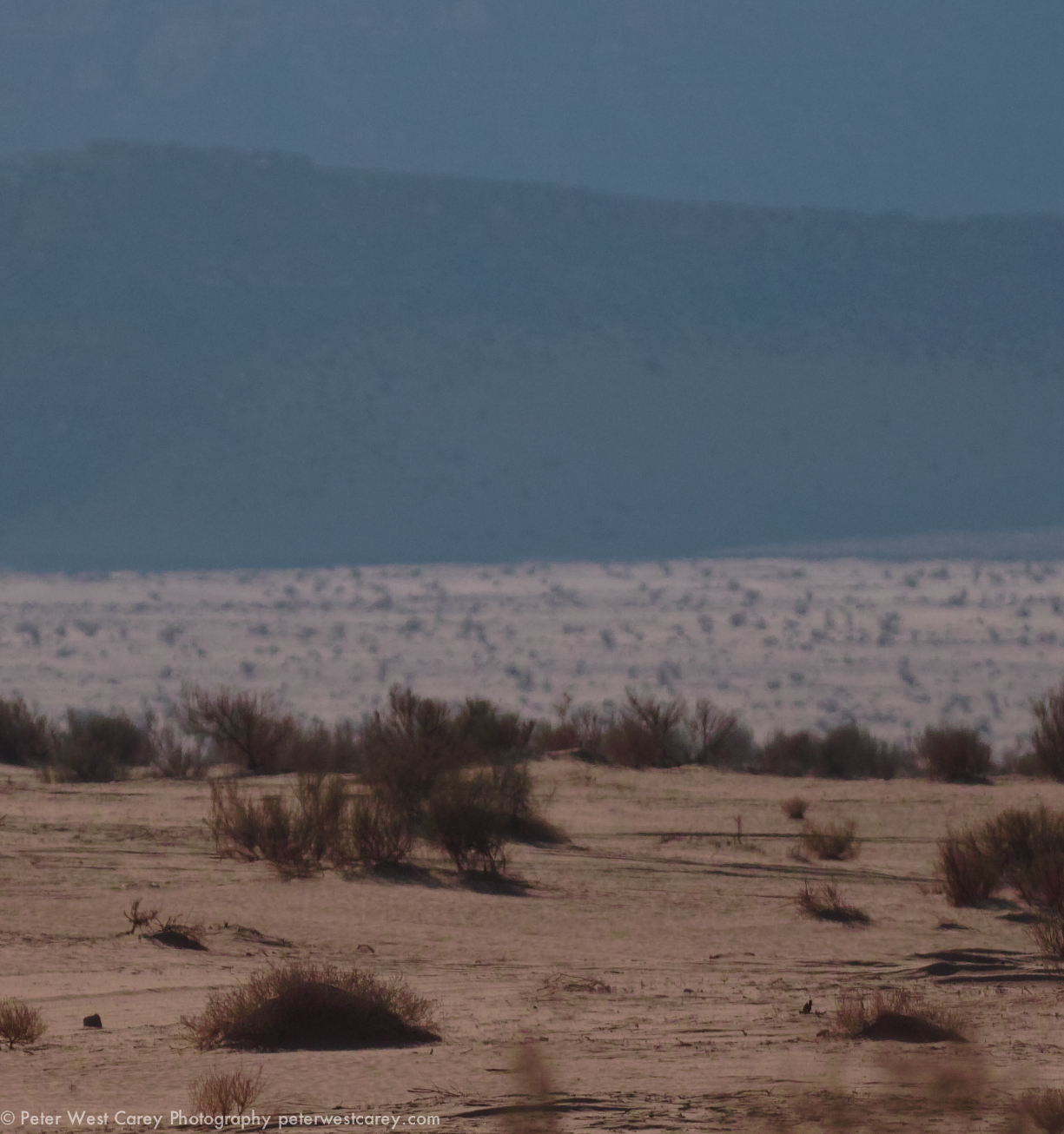
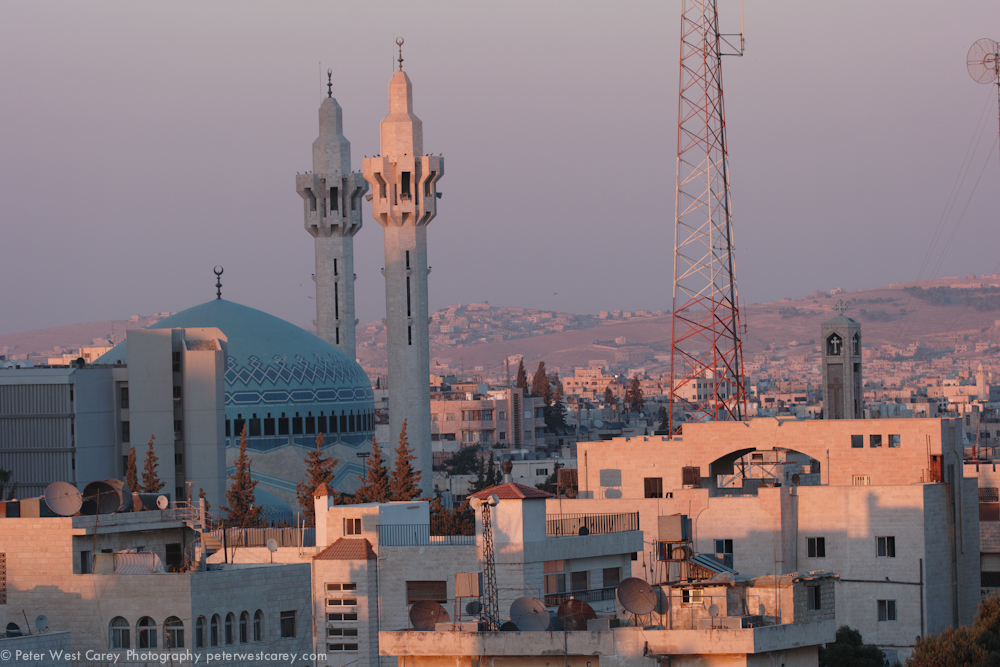
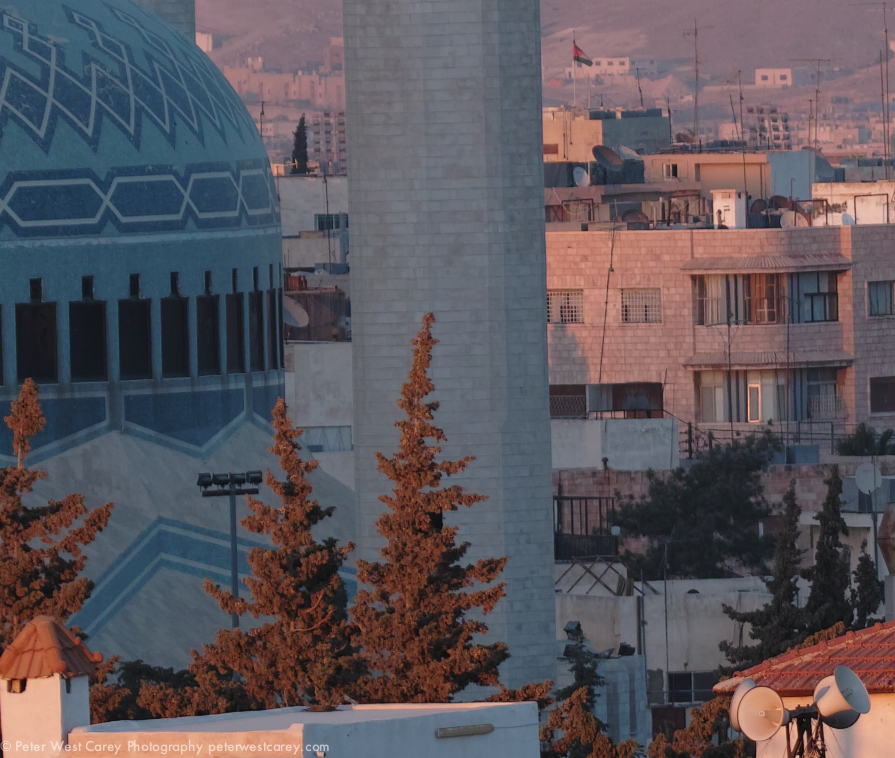
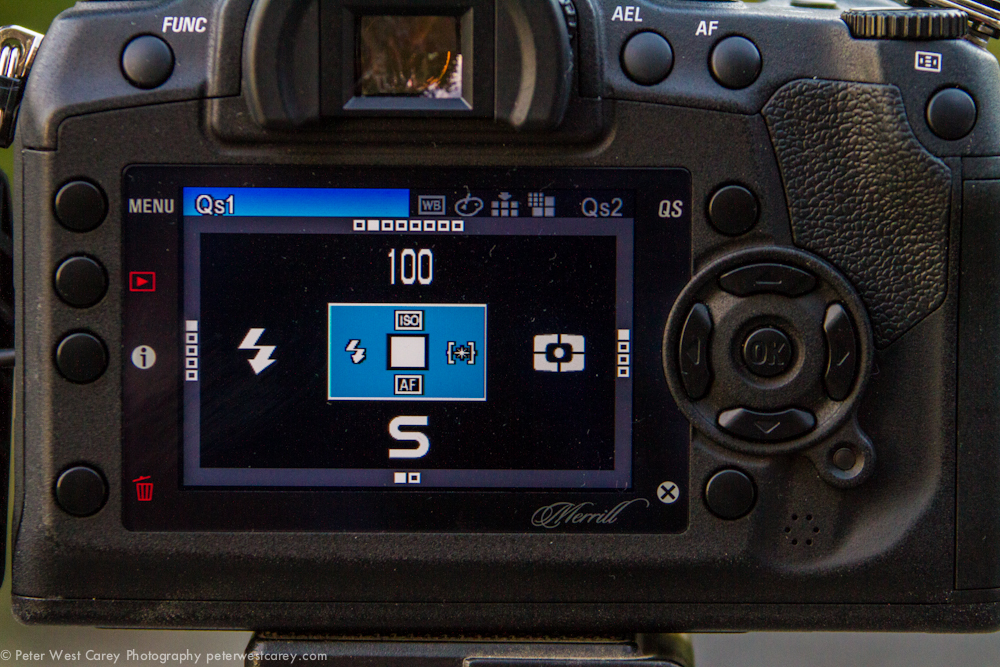

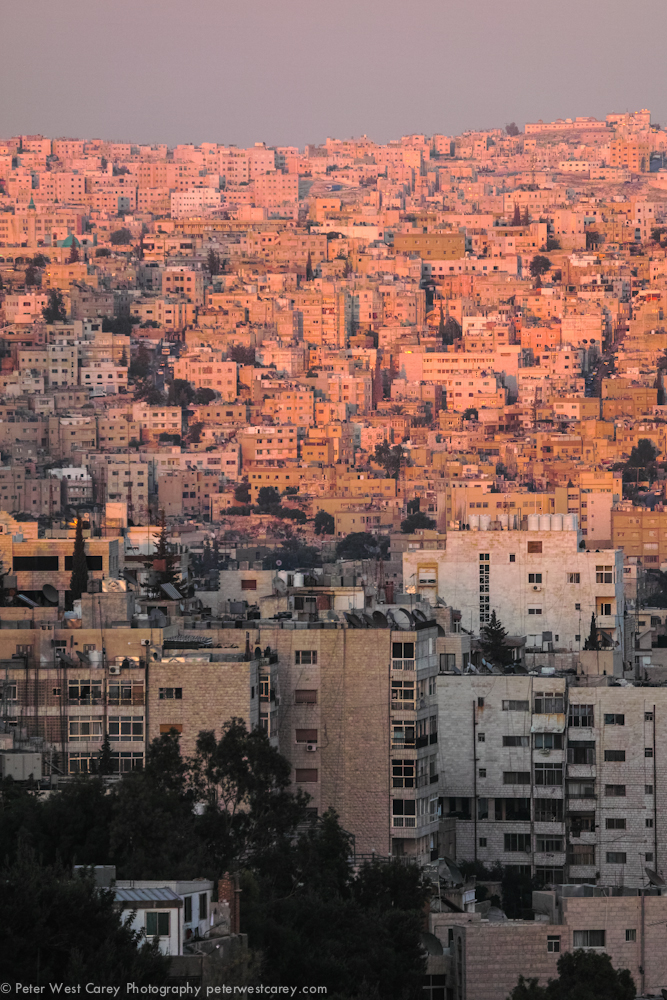

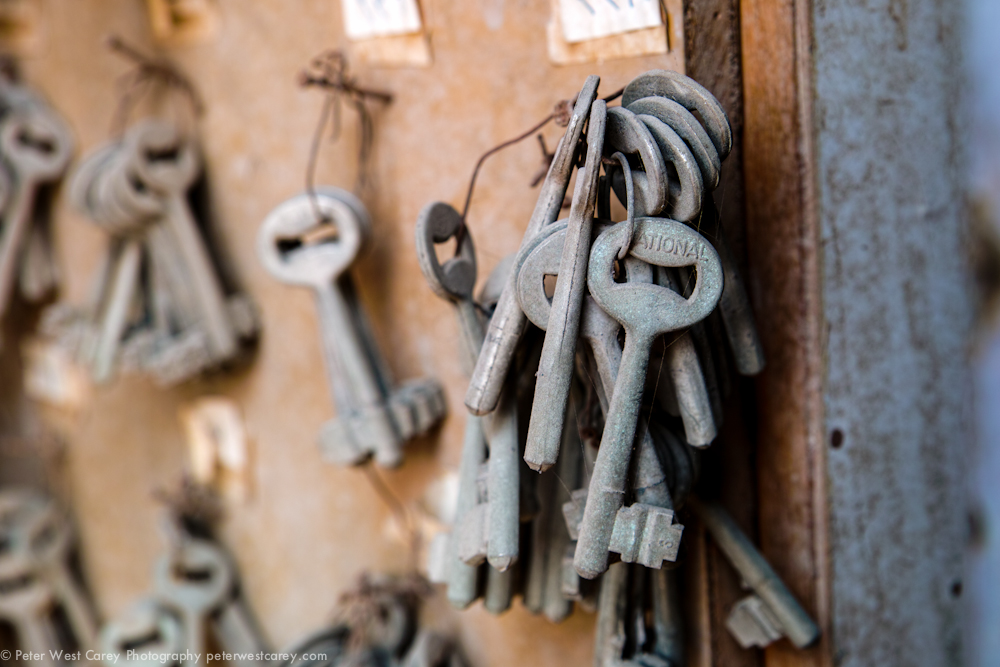





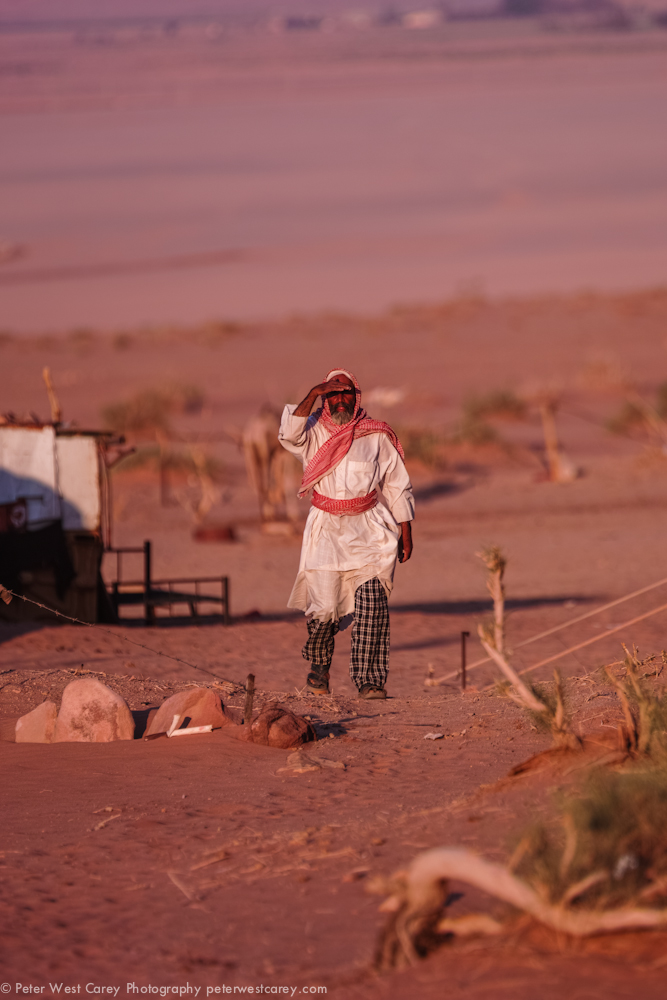
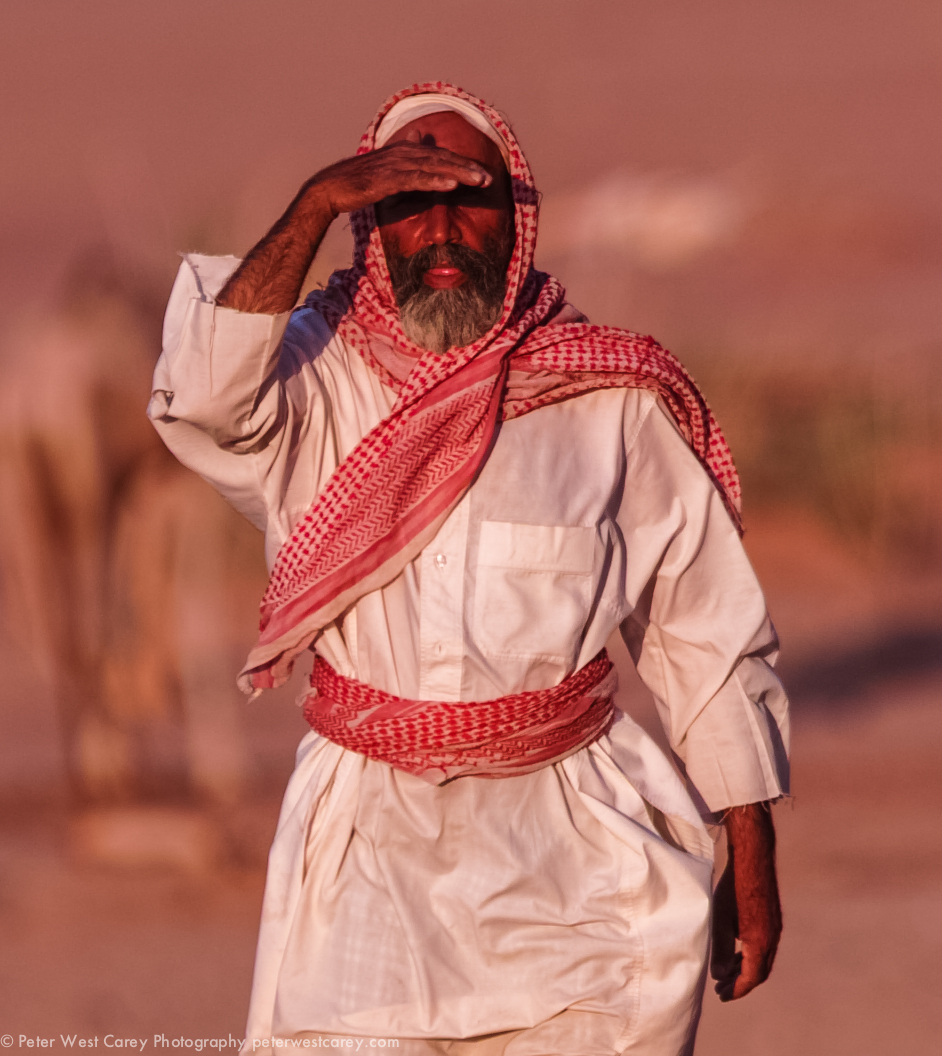
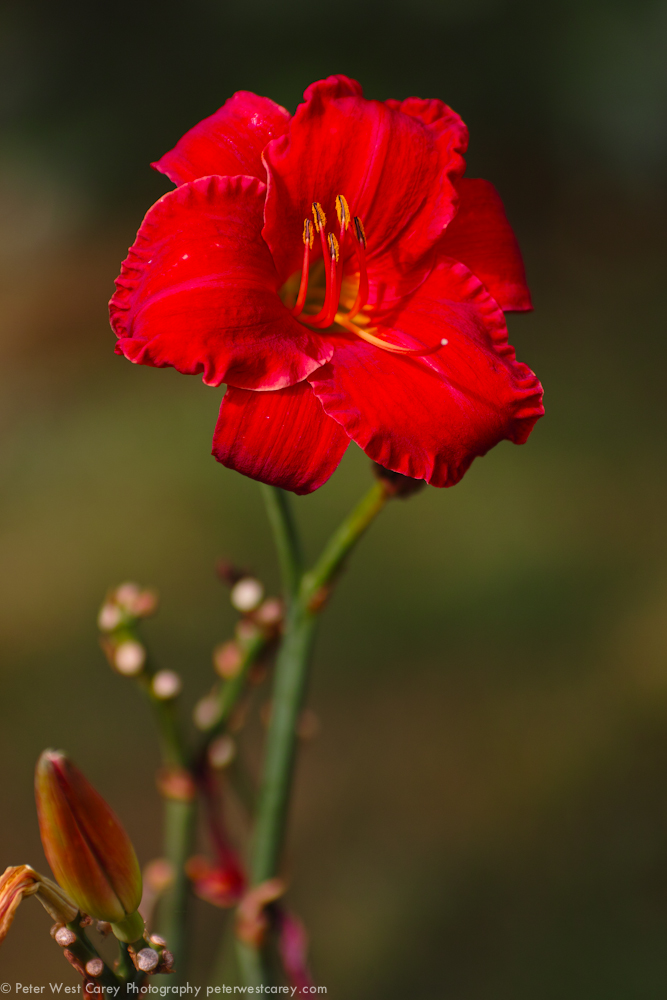


No comments:
Post a Comment